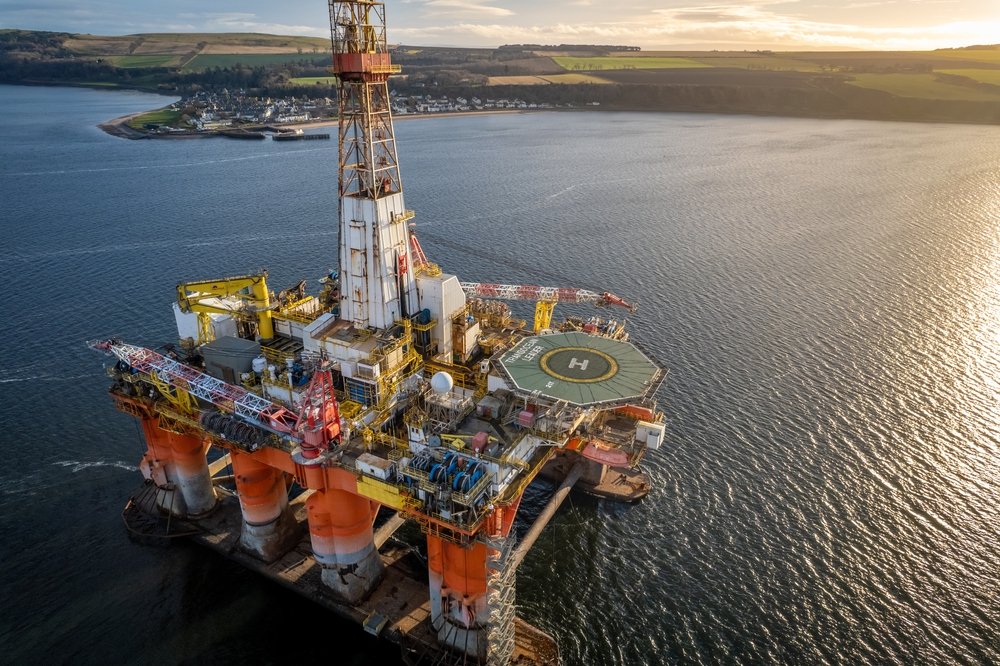Global demand for fossil fuels remains high, despite many countries announcing ambitious targets. This growing demand directly impacts high expectations for the energy transition, which is nevertheless progressing slowly in many regions. At the same time, fossil fuels continue to dominate markets, even as political programs aim for the rapid electrification of the economy. This creates a tension between climate goals and harsh reality, which is increasingly putting pressure on international climate policy. (bloomberg: 13.11.25)
Demand and Political Reality
A few years ago, the International Energy Agency predicted an imminent peak in fossil fuel demand. Fatih Birol declared at the time that “a tipping point is clearly emerging.” This optimism aligned with many climate strategies, but numerous governments soon reversed course as economic risks increased. As a result, earlier forecasts lost their validity. The energy transition entered a period of uncertainty, while actual demand rose and the anticipated electrification progressed more slowly than planned.

At the same time, it is becoming clear that fossil fuels retain a central role despite the growing production of renewable energy sources. Even ambitious projects achieve only limited relief, as global energy demand continues to grow rapidly. This dynamic is not yet adequately reflected in energy reform because electricity capacity is expanding too late in many regions.
Drivers of a New Global Demand Situation
Cars without combustion engines are gaining ground, but the expansion of charging infrastructure is lagging behind. Gas heating systems are disappearing in many places, but electric alternatives are creating enormous peak loads. This development is increasing demand, as well as the additional need for cooling, seawater desalination, and digital services. The associated shift in electricity generation is creating entirely new load profiles.
While solar and wind power contribute to growth, they do not completely replace conventional energy sources. Oil remains in high demand, and gas continues to serve as a flexible reserve. This is resulting in a phase of additives: renewables are supplementing fossil fuels instead of replacing them. This situation is hindering rapid energy reform, even though climate policy worldwide is communicating ambitious goals.
Scenarios Between Hope and Data
The IEA develops complex models annually that incorporate economic development, technology, and policy programs. These scenarios are helpful for strategic planning, but they do not represent firm predictions. The CPS model shows stable oil and gas quantities well beyond 2040. While the STEPS scenario outlines more dynamism, fossil fuel consumption remains robust. The discrepancy between projections and reality puts a strain on policy strategies and demands credible environmental policies.
Furthermore, the focus on political commitments often leads to overly optimistic expectations. In many countries, voters are pushing for affordable energy prices, resulting in setbacks. This leads to a situation where the true picture becomes clearer: Fossil fuels remain a cornerstone of energy supply, despite official plans promising otherwise.
The True Scale of the Challenge
Global oil consumption is around 100 million barrels per day. Depending on the scenario, this figure will either increase in the long term or decline only slightly. An abrupt collapse is not expected. This development demonstrates how deeply structured the market is and how strongly global demand depends on it. The additional demand resulting from electrification further reinforces this trend.
This leads to a clear conclusion: Without structural reforms in production and storage, there will be no genuine turnaround. Climate policy is therefore faced with the task of developing realistic pathways that go beyond symbolic targets. A serious environmental policy requires instruments that not only create incentives but also provide stable framework conditions for industry.
